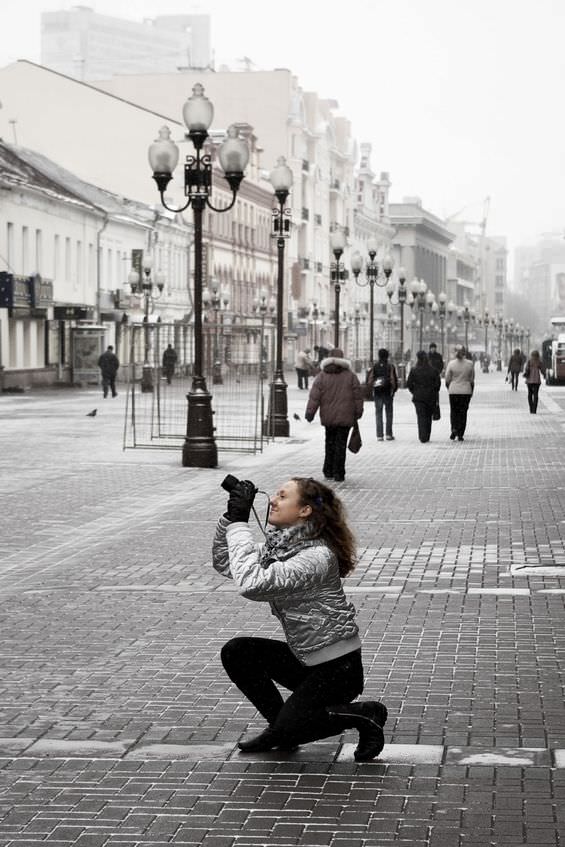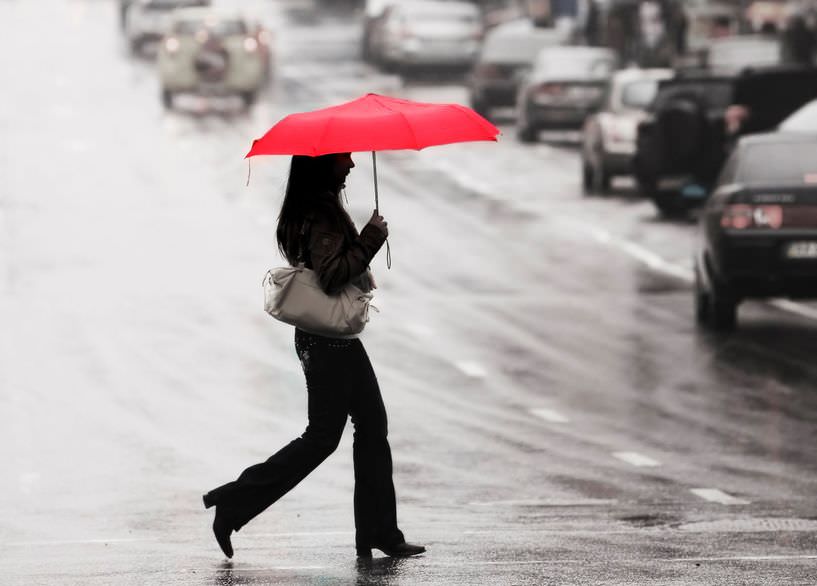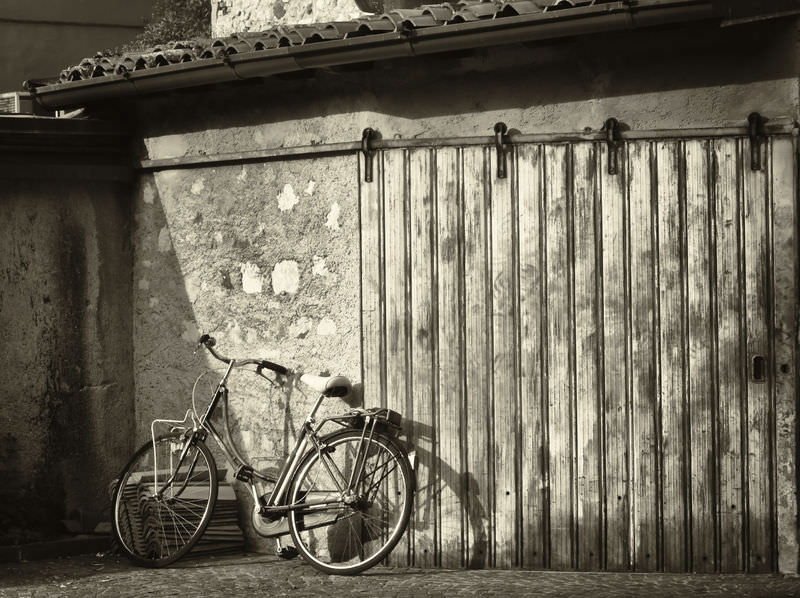It’s often said these days that everyone is a photographer. Whether the simple fact that you take photographs really makes you a photographer could be debated all night, but one thing is certain; more and more people are using higher end equipment for their personal shots than ever before.

The explosion in DSLR use has meant that while it’s easier for people to get involved and produce great work, the amount of ordinary images being shared online has risen in accordance.
I don’t think this is ever more evident than when looking at street photography.
Street photography is easy, isn’t it? I think that’s why it attracts so many. Other genres like wildlife, landscape, or studio work take time and effort. Not so for street photographers. Just go into town, set your camera to monochrome, shoot away at people and label it street photography. Anyone can do it.
Many do, and this is where the ordinary images come from.
Good street photography needs more. It deserves more. If you do your own street photography without much thought, you probably have a fair amount of room for improvement too.
Here’s how.
What not to shoot
Generic images. A monochrome photograph of a woman walking down the street, with no other elements, isn’t engaging. Neither are homeless people without context. Nor are funny signs.
Like any other genre of photography, good street shots should have been thought about a little. If you don’t know why you’re shooting something, how will your audience know what they are supposed to be seeing in your shot? How do you know there is even anything worth seeing?
The photographs you take should have at least one of the following: an idea, a concept, a feeling, an emotion, an expression, or a subject. Ask yourself too: can you give your picture an appropriate, meaningful title? If you’re struggling to do so, as a rule of thumb, it could suggest an uninteresting shot.

Context is everything
Imagine a picture of a person sitting on a bench, engrossed in a book. To me, that doesn’t sound very interesting. Now imagine a picture of the same person sitting on the same bench, engrossed in the same book, completely oblivious to the crowds of commuters filing past on their way to work. Now we might just have a more interesting photo.
There’s context, brought by the contrast between the two elements.
Going back to the earlier examples, the woman walking down the street might be wearing the only white coat in a sea of black ones, the homeless person might be smiling as the more fortunate members of the public around him look unhappy with life, and the funny sign might have some coincidental connection to a person standing beside it.
Then, they might well be worth sharing.
The bigger picture
Taking better standalone pictures is one thing, but to really see your street photography take off, a set of pictures is even more impressive.
We’ve already mentioned having ideas and concepts for your photographs, and the same applies when shooting a set. Think of something that will link all of the shots, with a common theme or subject.
It really could be anything; hats, reflections, a color, a shape. Having a theme will help you to notice things you wouldn’t have before, and turn nondescript objects into viable subjects. Taking ‘circles’ as an example, you’ll have a far keener eye for anything circular as you walk around. A coffee cup, a taxi wheel, a doorknob, a clock, a road sign, fruit.

These don’t need to be the main subject of your photographs; indeed, it’ll probably be better if they’re not. But to have a running theme in there somewhere will help your set work.
You can even choose a theme that is connected to you personally, to allow people who know you to connect with your images even more. You might be into music, cooking, or health and fitness. Choose that as your theme.
Consistency throughout the set is another big factor. Ideally, use the same camera and lens. Take your photographs in the same location, and, unless there is a real reason why you need to, don’t have a mix of monochrome and color, or daytime and night time shots.
The usual rules of composition (leading lines, rule of thirds etc.) still apply with street photography. With spontaneous subjects, it’s often easy to forget to compose our shots, or simply not have time. Anticipating an opportunity and keeping composition at the forefront of our minds is key.
Go out and play
You might think that your neighborhood isn’t an interesting spot for street photography. While that could well be true, it’s probably more interesting than you realize. It’s also one of the best places you can get started in street photography, purely because you probably know the area like no other.
You might know which streets are the most interesting, and when. You might know that the light reflects off a certain building well at a certain time of day. You might know where people gather at lunchtime or on a weekend afternoon.
Go out with your theme in mind and take your time. Slow down and look for the small details, the not so obvious, and the things that nobody else is looking at.
If you can put all of this together; a series of shots with ideas or feeling behind them, with subjects made interesting due to the context, with a common theme running through them, held together by a consistent look, having observed the usual composition rules, and they work as both standalone shots and as a set, then you truly will stand out from the street photography crowd.

